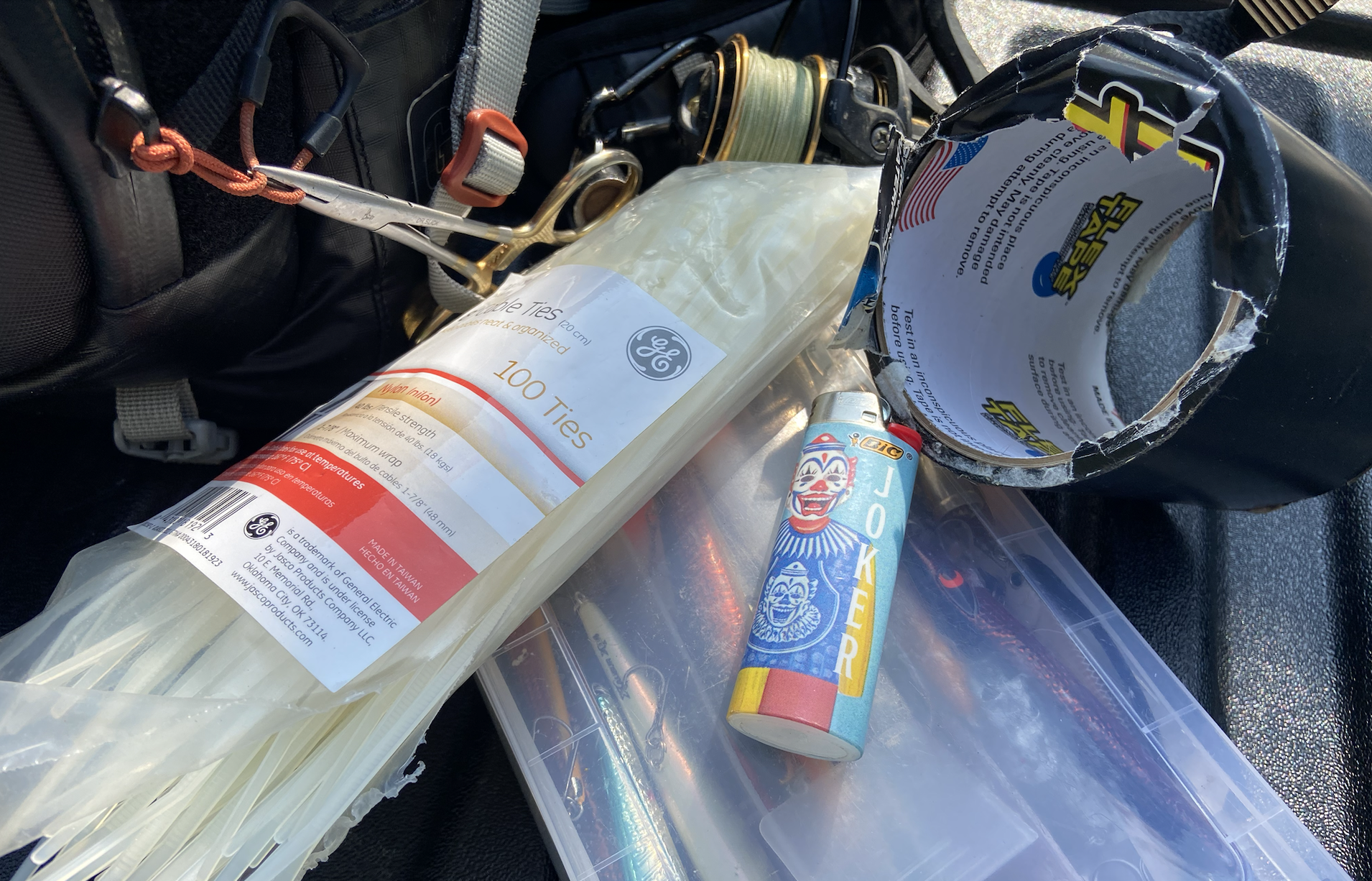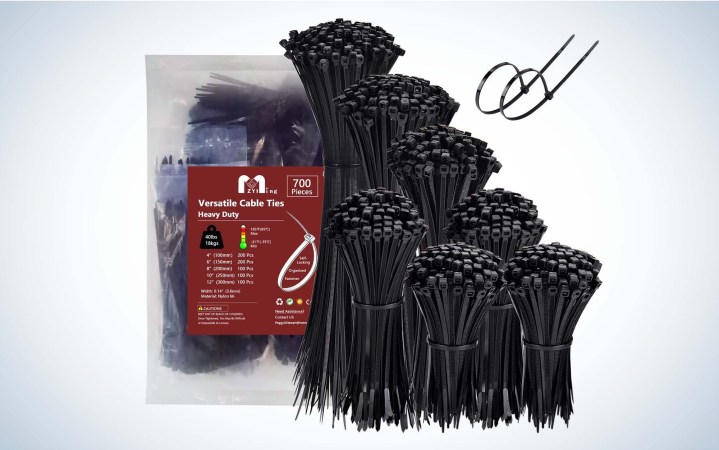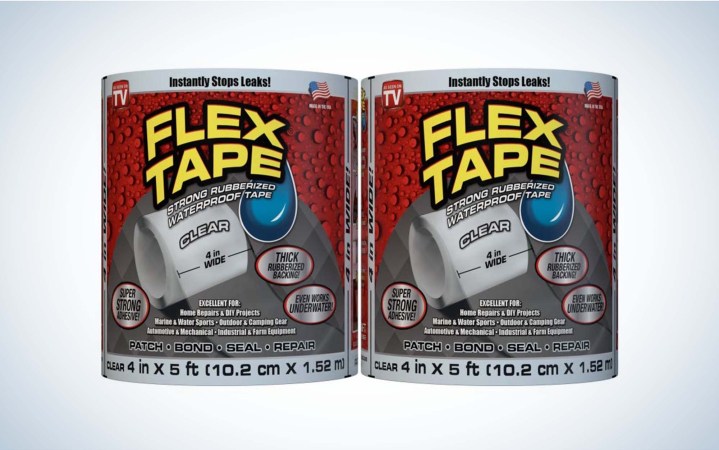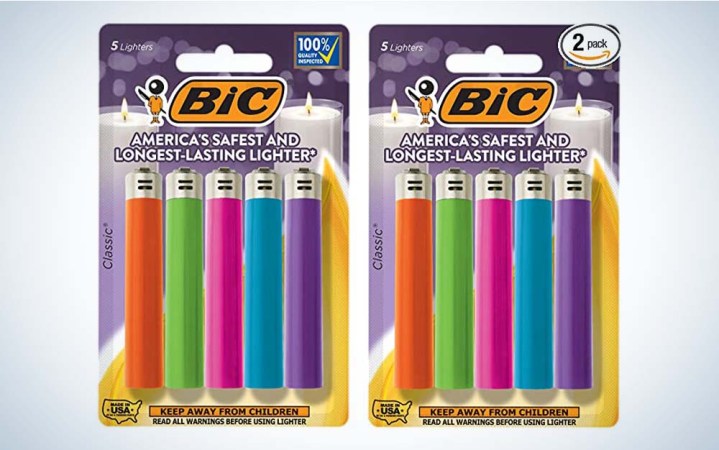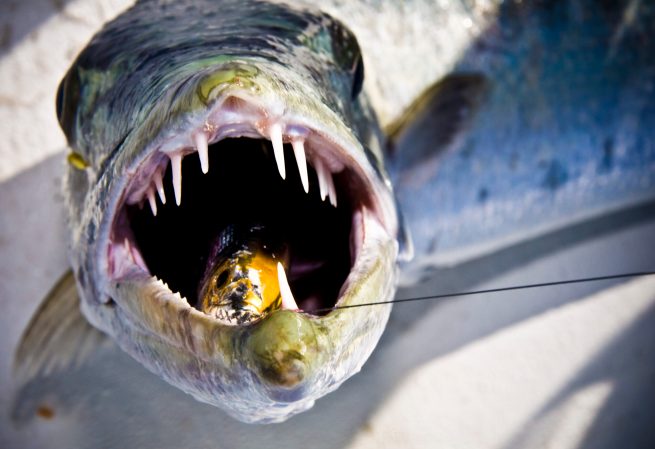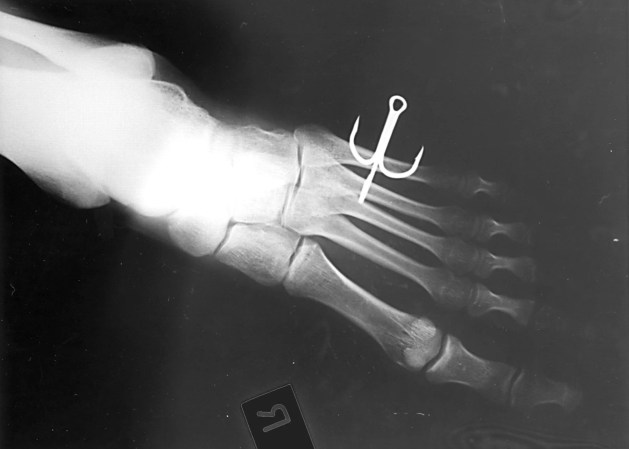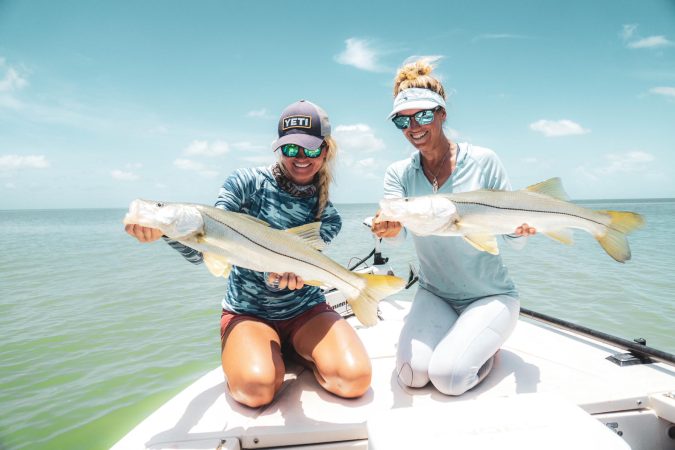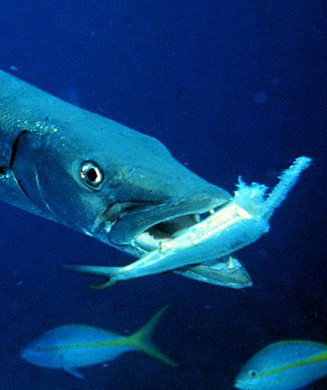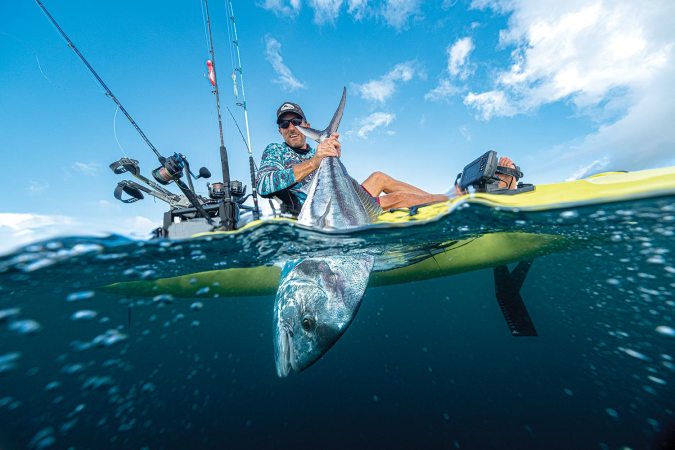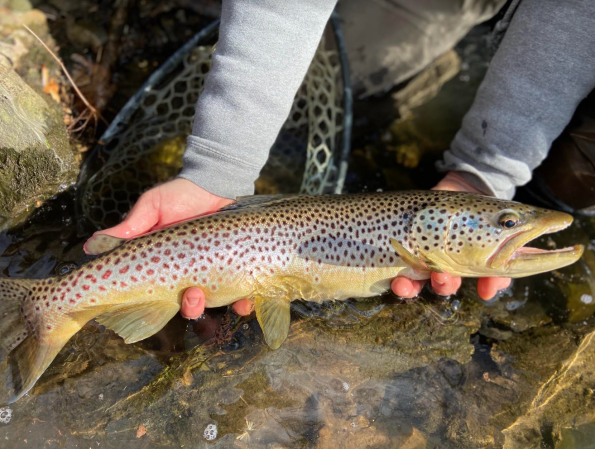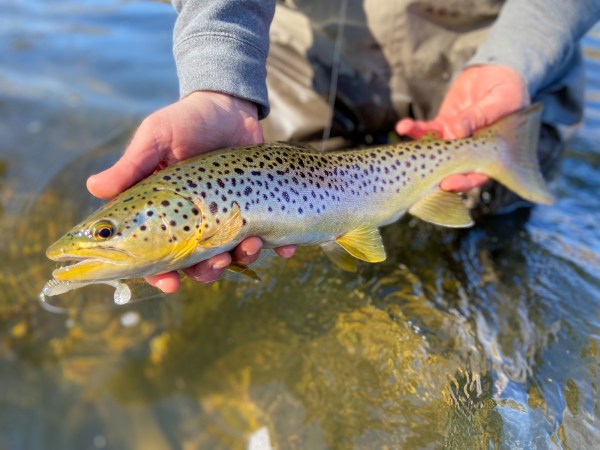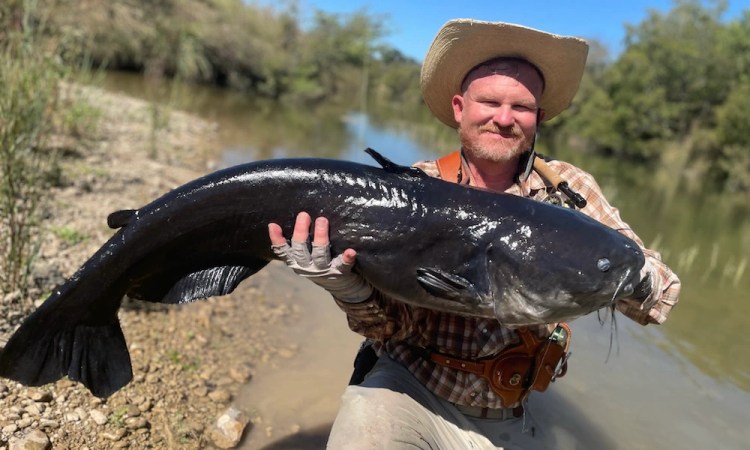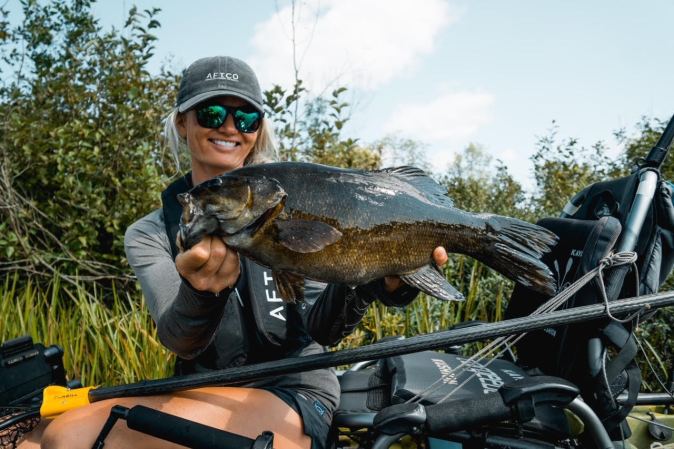On May 14th, angler Mike Wherley reeled in a 66-pound, 4-ounce flathead catfish on the Susquehanna River. If certified, it will best the current Pennsylvania state-record flathead by more than ten pounds. It’s an impressive catch, no doubt, but the part of Wherley’s story that caught my attention had nothing to do with the fish.
According to Goerie.com, Wherley almost never wet a line that day. Why? Because he had some boat trouble.
From the story: Wherley’s boat started to leak, and he thought they would have to return to shore to have it repaired. However, his buddy Tommy Clark, remembered they had Swedish Fish, the candy, aboard. Clark chewed several of the fish then placed the gummy in the hole to stop the water.
The makeshift repair worked, and they continued fishing. While they were in about 50 feet of water, they had fish strike on three different rods at the same time.
I got a huge kick out of this anecdote of angler ingenuity. It got me thinking about all the silly little things that can happen on the water and how with just a bit of preparation we can overcome them. There have been many articles written about all the things you should have on your boat for everything from engine failure, to sinking, to first-aid emergencies, but I’m not talking about life-threatening disasters. I’m talking about the inevitable goofy foibles and failures that can ruin a day of fishing. So, here are the three items I’m never without on the water. They’re easy to procure, not very expensive, and while they may not save your life, they can save your sanity. Swedish Fish did not make the cut, but they are delicious, so feel free to tack them on.
Zip Ties
It’s hard to even put into words my appreciation of the zip tie. I could write a book about their usefulness in daily life, but in terms of fishing, they’ve gotten me out of a lot of jams. If you ever need a last minute gift for me, I’ll never turn down a pack of assorted size zip ties. I keep one in my truck, boat, and a few loosies in various tackle bags and storage boxes. It is important to note, however, that not all zip ties are created equally. Don’t buy them at the dollar store; spend a little extra on heavy-duty, UV-resistant zip ties, because depending on why you need one in a pinch, quality does make a difference.
I couldn’t even begin to rattle off every instance where a zip tie saved the day—or at least reduced some headache—but a few notable ones include the time I hiked 3 miles up a stream when the wire BOA laces on one of my wading boots snapped. Without the two 12-inch zip ties in my pack to close the tongue and secure the boot around my ankle, I would have been done for the day. Even with regular boot laces, if one snaps, you can run a few zip ties through the lace holes and get by. I once had the threading on a reel seat strip offshore, and without a few ties to clamp the reel to the rod, my favorite outfit was out of commission for the day. Recently, while trout fishing with my young son, I realized I left the chain stringer at home. We went old school and ran a sapling through their gills, but on the walk back to the truck, a zip tie kept them together and made a convenient carrying handle for the kid. A zip tie could mend a rod guide or keep the broken pieces of a reel together until you get home to fix it. You get the point. Carry a few zip ties.
Flex Tape
If zip ties are the greatest invention ever conceived by man, Flex Tape is the second greatest. No, I’m not paid by Phil Swift to endorse his products. Nor am I trying to take anything away from duct tape, which would have been on this list prior to Flex Tape hitting the scene. Duct tape is cheaper, no doubt, but Flex Tape is simply better by a mile.
Granted, carrying an entire roll when fishing on foot is a pain, but what you can do is wrap a few feet of it around a lighter (my third most important get-out-of-a-jam tool) and stick it in your pack or tackle box. Still, there’s always a full roll in the truck or on the boat.
I’ve used Flex Tape most often for impromptu patch jobs. In the famous infomercial, Mr. Swift saws an aluminum boat in half and puts it back together with Flex Tape. I don’t recommend trying that, but I can attest to its ability to stick to and seal on wet surfaces. Not long ago, my son sprung a leak in his little waders. A two-inch square of Flex Tape instantly solved the problem. Though I’d be willing to bet it would have been a permanent solution, I removed it back home and sealed the hole properly with silicon. Years ago, I accidently rubbed my raft against a log jam one mile into an 8-mile smallmouth float and ended up with a 2-inch hole. Flex Tape got us out safely and allowed the boat to hold full air after pumping it back up. Just be mindful that you can’t tear Flex Tape like you can duct tape, which is why you always carry a knife on the water, right?
Bic Lighter
Yes, I’m specifically calling out the Bic Lighter, not just any lighter. It may seem trivial but trust this former smoker—cheap disposable lighters crap out very easily. Bics, on the other hand, have remained unchanged for decades because they’re tougher and more reliable when wet or when it’s windy.
Naturally, a lighter is a good thing to have in case you need to make a fire, but to be honest I don’t put myself in many scenarios where I might get lost or unexpectedly stranded overnight. I do, however, put myself in scenarios where one soft plastic lure is crushing it. Of course, I thought I had a bunch of them, but it turns out I only have two. A Bic has allowed me to mend tears in lures by melting them slightly and sticking them back together after multiple pickerel or striper attacks. One time (before Flex Tape) I even melted a soft-plastic grub and smeared it over a small tear in my waders. It wasn’t pretty, but it held long enough to keep me dry.
I’ve also used my trusty lighter to lightly melt the resin on a rod to remove a broken guide that was getting in the way. I’ve used it to melt the ends of a heavy fluorocarbon leader after crimping it to create a mushroom head that can’t slip back through the crimps. You may not need to spark things up often, but you will eventually, and you’ll be glad you can bring the heat.

